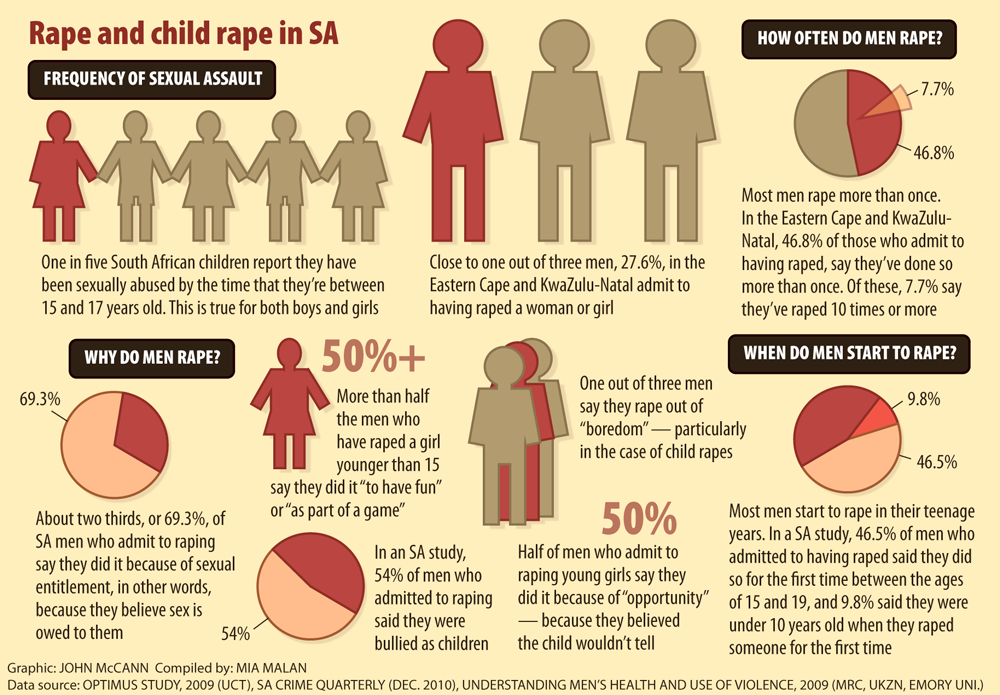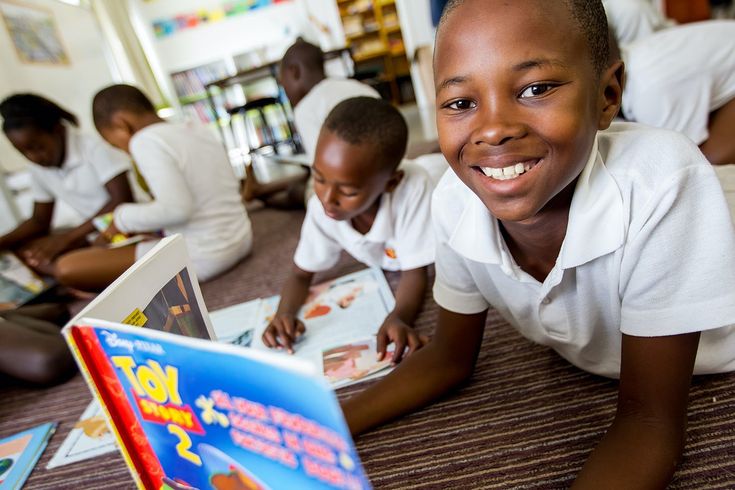How to restrain a violent child
Things to think about before restraining your child SEND VCB Blog 6
Parents of children who have an additional need and who also can be violent at home often ask me how to best restrain their child, or if I know of any training providers who could train them in restraint methods. Restraining children is such a difficult issue, and everyone understandably has very strong views on it.
Broadly speaking, there are two opposing points of view among parents of children with SEND VCB (Special Educational Needs and Disability, Violent and Challenging Behaviour). One set believe that their child’s violence and self-injurious behaviour is so extreme that restraint is, at times, an absolute necessity. The other group of parents believe that restraint should never ever be used, and if it is used, it should only ever be as an absolute last resort when there is imminent and significant danger to life.
The two viewpoints can seem so diametrically opposed that there is no, or very little common ground, and this can lead to disagreements, conflicts and heated debate which is always sad. Parents can find these disagreements very hurtful and divisive, when ideally we should all be pulling together in the same direction and supporting each other.
However, “restraint” as a word is very emotive, and can conjure up images of big burly blokes pinning a child to the ground, and sometimes by using that word parents are giving completely the wrong impression of what they are actually doing. Sometimes it’s a parent’s role to prevent our children doing something, and most parents have physically held on tightly to a small child near traffic to keep them safe. If by “restraint” what you really mean is “I had to hold him back to stop him kicking his brother” it’s probably better if you explain exactly what you did and why, and don’t actually use the word “restraint” in case it wrongly rings alarm bells in others.
Restraint training is now increasingly called “Safe Handling”, and training is generally only available to staff members from organisations such as schools, local authorities, play schemes, respite centres or similar facilities. It is very difficult for parents to access this sort of training, and there are some very good reasons for this. Here are just some of them.
It is very difficult for parents to access this sort of training, and there are some very good reasons for this. Here are just some of them.
1. When children are in the midst of a SEND VCB episode, they are not misbehaving, they are in the deepest distress possible. Their behaviour is a direct result of their “Fight and Flight” response being triggered by extreme anxiety and fear. At that moment, they are not aware that they are lashing out at those they love the most, instead, they believe that they are fighting for their very survival. To restrain a child who is already in the deepest of distress will only escalate their fears and anxieties, and is more likely to escalate the situation rather than to calm it down.
2. A good way to think of it is to compare a child in the middle of a SEND VCB episode with an injured wild animal, who will also have had their “fight or flight” response activated. The wild animal is hurt and scared, and you only want to help, but if you approach and try to “restrain” them to take them to the vet for help, they will panic even more, and kick and bite and scratch all the more, trying to escape.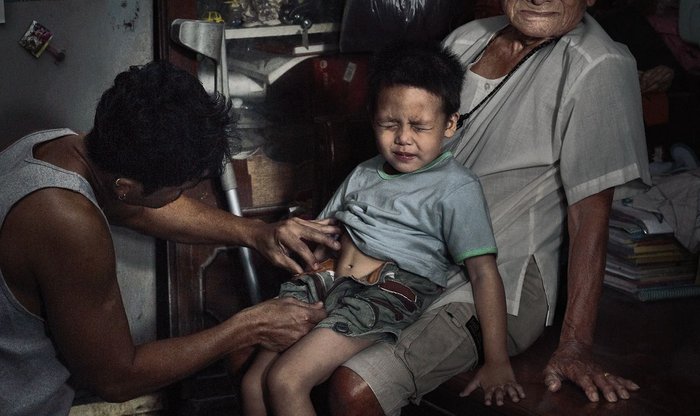
3. When staff restrain a child, they are working as part of a team. They would be unlikely to restrain alone, or to take a decision to restrain on their own either. During the act of restraining, there are likely to be colleagues in the vicinity who will witness what is happening, and who can corroborate that such actions were justified, that they were carried out according to policy, and that undue force was not used. Every incident that restraint is used is recorded. Organisations also have robust insurance policies which are likely to include legal cover for staff members who are accused of wrong-doing in relation to restraining. Parents have none of these safeguards, checks and balances.
4. A family home is a completely different environment which makes it a very different situation regarding restraint. Often during SEND VCB episodes, there is only one adult present, which means there are no witnesses to corroborate that it was done fairly, with no undue force being used. Acting alone makes parents incredibly vulnerable to accusations of abuse. How can a parent defend themselves if a bruise is noticed on a child a few days later, and the child tells their teacher that “mummy did it”? Sadly though, it may not just be a bruise. Restraint injuries can be much more serious, including broken bones or dislocated joints, and tragically sometimes, even death. Restraint can and does go wrong, with catastrophic results sometimes, even when it’s being carried out by members of staff who have been highly trained in safe methods of restraint or safe handling.
Acting alone makes parents incredibly vulnerable to accusations of abuse. How can a parent defend themselves if a bruise is noticed on a child a few days later, and the child tells their teacher that “mummy did it”? Sadly though, it may not just be a bruise. Restraint injuries can be much more serious, including broken bones or dislocated joints, and tragically sometimes, even death. Restraint can and does go wrong, with catastrophic results sometimes, even when it’s being carried out by members of staff who have been highly trained in safe methods of restraint or safe handling.
5. We are emotionally involved with our children, and our relationship with them is entirely different. This means that restraining an already highly distressed child risks breaking down their trust in us, or their belief that we love them. It also means that when our children are in the middle of a SEND VCB episode, we are likely to also be triggering our own “Fight and Flight” responses. When that happens, we are unable to access the frontal lobe part of our brain which is responsible for our judgement, problem solving, self-control and rational thinking. Basically, if we restrain a child in this “heat of the moment” situation when we are unable to use these essential skills or to think on our feet, we inadvertently put both ourselves and our child at risk of physical injury.
Basically, if we restrain a child in this “heat of the moment” situation when we are unable to use these essential skills or to think on our feet, we inadvertently put both ourselves and our child at risk of physical injury.
6. A child may be able to accept a staff member restraining them, but they may never fully understand why their parent did it to them, and this can have a long term and detrimental effect on the parent/child relationship, when it is of paramount importance to strengthen this bond and relationship as part of being able to support them to overcome their violent behaviours. A child will not have the maturity to understand that a parent restrained them to protect them from harm, they are likely to remember the incident in terms of that mummy or daddy “tried to hurt me”.
7. In that moment of restraining our own child, we are teaching them that physical force is legitimate and can be used to get our own way. This is exactly the lesson we do not wish to teach a child who has SEND VCB.
8. To attend a course on restraint or on “safe handling” normalises and legitimises doing this to our children. With the best intentions in the world, it changes the landscape so that restraint is often no longer seen as the absolute last resort, it can start to feel that it’s OK to use it as the first resort, or perhaps the only resort.
9. Most reputable safe handling training providers won’t accept parents onto their courses because they know that there can be no on-going workplace support nor a team approach or implemented policies and procedures to be followed. They can’t take the risk of an unsupervised lone parent restraining a child and it could also have an impact on their insurance.
10. A small child of perhaps seven years old or under can be relatively easy to restrain. However, children grow up and get bigger and stronger. Ideally, we should be working with our children when they are still small on strategies, techniques, emotional regulation and lots of other life skills that can help them find other ways to express their unmet needs besides resorting to violence.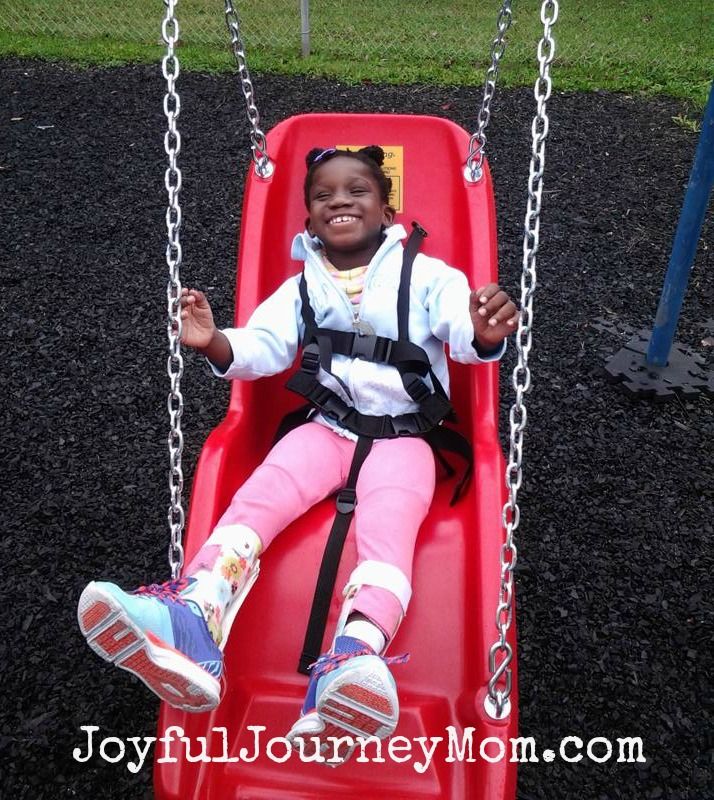 If we concentrate on restraint as a primary method of controlling them when they are small, what happens when they are sixteen years old, bigger and stronger than we are, and restraint is no longer an option?
If we concentrate on restraint as a primary method of controlling them when they are small, what happens when they are sixteen years old, bigger and stronger than we are, and restraint is no longer an option?
11. When we restrain, we are actively seeking to solve the situation from an adult perspective, instead of imparting the essential tools and practice time that a child needs to be able to find their own solutions to self-regulate their emotions.
12. Would you ever restrain an adult stranger in the street? If so, what set of circumstances would there have to be for you to actively seek to stop an adult moving around of their free will? Perhaps they are wielding a knife, or threatening to push someone under traffic? It would have to be extreme circumstances for you to even consider intervening to restrain a fellow-adult. It would also help to have witnesses to speak up for why you did it, and you would also need to have enough of a reason to hold up in a court of law if the person you were restraining accused you of assault. It would be a one-off, once in a lifetime event, and something that you would wish you hadn’t had to get involved in. When you are considering restraining a child, it can be a good idea to use the same set of criteria that you would use before making a decision to be a “have-a-go-hero” in the street. Is anybody’s life in imminent danger? Is there any other way I could solve this crisis? Are there witnesses who can stand up for me? What can I say to a judge in court to absolutely prove to him or her without a shadow of doubt that I had no choice? With our children, and in our own homes, there is nearly always a choice, although when our brains are not functioning correctly due to the fight and flight instinct, those choices are not always obvious. In the same way that I can’t tell you that you must never restrain a stranger in the street under any circumstances, it would be equally irresponsible of me to say “never” in relation to a child. However, please be aware that you are making yourself very vulnerable to child protection proceedings, and please be sure that there really is no other choice.
It would be a one-off, once in a lifetime event, and something that you would wish you hadn’t had to get involved in. When you are considering restraining a child, it can be a good idea to use the same set of criteria that you would use before making a decision to be a “have-a-go-hero” in the street. Is anybody’s life in imminent danger? Is there any other way I could solve this crisis? Are there witnesses who can stand up for me? What can I say to a judge in court to absolutely prove to him or her without a shadow of doubt that I had no choice? With our children, and in our own homes, there is nearly always a choice, although when our brains are not functioning correctly due to the fight and flight instinct, those choices are not always obvious. In the same way that I can’t tell you that you must never restrain a stranger in the street under any circumstances, it would be equally irresponsible of me to say “never” in relation to a child. However, please be aware that you are making yourself very vulnerable to child protection proceedings, and please be sure that there really is no other choice. I would also strongly advise that you write down everything that happened, and sign and date it so that you have a clear record of the incident from your perspective.
I would also strongly advise that you write down everything that happened, and sign and date it so that you have a clear record of the incident from your perspective.
The reality is that there are many parents who may read this who are using restraint with their children, and if that’s you, the last thing I want is that you feel blamed or judged for using restraint. When our children first develop violent behaviours at home it is so bewildering and shocking that we will instinctively do whatever we can to stop it happening, and that often means that restraint becomes an established pattern and response. When SEND VCB first starts happening very few parents understand that it is due to anxiety, distress and fear, and so it gets treated as a “behaviour” issue, with traditional “carrot and stick” parenting techniques used to try to curtail it. It can be years before parents understand that it’s about anxiety rather than naughtiness, and then a parent has to make a huge adjustment in their parenting approaches to be able to implement the sort of strategies that can work well to turn children’s behaviour around.
At the start of a family’s journey with SEND VCB, restraint can seem like the only thing that can stop the violence in its tracks. It takes time to learn about different approaches, and to learn new skills that we can use instead. So many families will feel they may need a lot of time while they learn and then implement other strategies before they feel able to move away from restraining,If that’s where you and your family are now, it would be great if you can aspire towards a time when restraint is no longer used at home, as much to protect you as to protect your child.
It’s also easy for some parents in the thick of things with SEND VCB as a daily occurence to think that maybe other parents don’t need to use restraint. They may think that maybe other people’s children aren’t as extreme, or as frighteningly violent as their own are, but I promise you that isn’t the case. It takes time, there are no easy solutions or overnight quick fixes, but you can turn things around for your child. There are now numerous families I know who have successfully made huge progress with their children’s SEND VCB. Some of them a year ago were using restraint methods every day or even several times a day and now they simply don’t need to at all. It has taken enormous effort, tenacity and gritty determination, and there are some days, or even weeks, when nothing seems to work and things seem to be going backwards. Yet they have persevered, and there are now a significant number of families who have moved on from restraint, and are leading their children into calmer, happier and safer futures. This time last year they didn’t believe it was possible either.
There are now numerous families I know who have successfully made huge progress with their children’s SEND VCB. Some of them a year ago were using restraint methods every day or even several times a day and now they simply don’t need to at all. It has taken enormous effort, tenacity and gritty determination, and there are some days, or even weeks, when nothing seems to work and things seem to be going backwards. Yet they have persevered, and there are now a significant number of families who have moved on from restraint, and are leading their children into calmer, happier and safer futures. This time last year they didn’t believe it was possible either.
If you want to do it too we’re all here to help. See below for links to other resources, join our closed FB support group for parents or come to one of our Workshops. You aren’t alone and things can and do get better.
More Support
Webinars and training, Facebook Support, resources to read or watch
Have you been to one of Yvonne’s webinars yet?They cover a range of topics relating to behaviour issues in children with additional needs, and are packed full of insights and strategies that can help you to support a child in moving beyond their extreme behaviour patterns towards much happier and calmer times with a brighter and much more hopeful future to look forward to.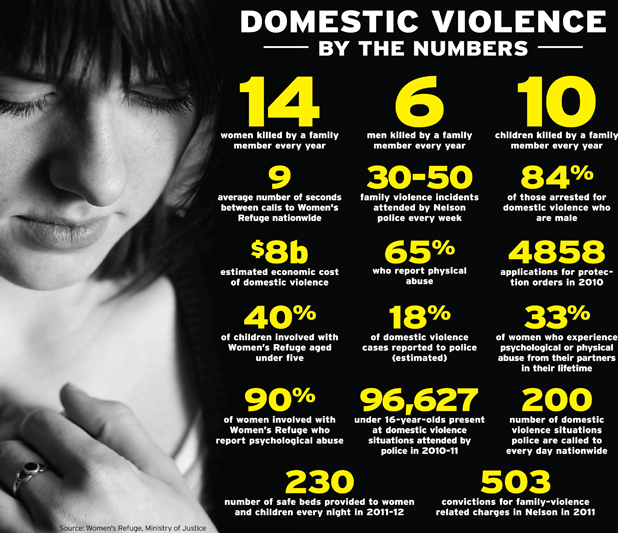 Due to NHS England Funding, current webinars only cost £2.50 each, with free places for families in financial hardship. For more information please click this link – https://yvonnenewbold.com/webinars-workshops-courses-and-books/
Due to NHS England Funding, current webinars only cost £2.50 each, with free places for families in financial hardship. For more information please click this link – https://yvonnenewbold.com/webinars-workshops-courses-and-books/
Yvonne runs a Facebook Page called The SEND Parent’s Handbook for parents of children with disabilities and the professionals who work with their families.
If you are a parent of a child who has SEND VCB, Yvonne also runs a closed Facebook Support group, which you would be welcome to join, called The SEND VCB Project – Support Group for Families
There is another Facebook Page called The SEND VCB Project – Public Page which is for anyone to find out more about this and closely related issues, and it’s open to everyone
Resources on SEND VCB – for families and professionals who work with children or vulnerable adults
If you’d like to buy a copy of “The Special Parent’s Handbook”, which is the book I wish someone had been able to give me on the day Toby was born.
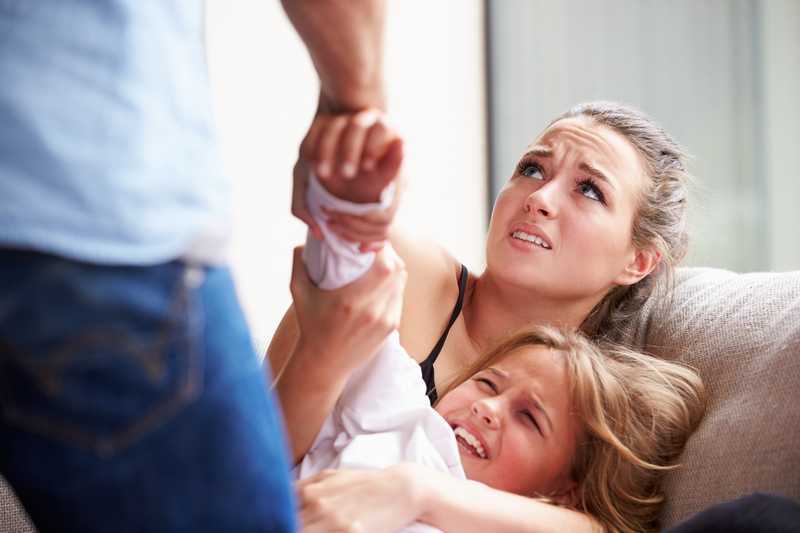 It’s got virtually everything I’ve learnt since about Additional Needs Parenting so that SEND parents don’t have to go it totally alone.
It’s got virtually everything I’ve learnt since about Additional Needs Parenting so that SEND parents don’t have to go it totally alone. Here’s
the link to order yoursAlternatively you can order it from Amazon – here’s the link to the page
Yvonne is a member of the Amazon Affiliates Program which means that if you click on an Amazon link from this website and subsequently make a purchase, she will be paid a small commission.
Like this:
Like Loading...
How to Manage Violent Behavior in Children and Teens
Has your oppositional, defiant child’s behavior escalated to the point where he’s using physical force against you—or do you fear that he might? Kim Abraham and Marney Studaker-Cordner have worked with parents of kids with Oppositional Defiant Disorder for 20 years—and Kim is the parent of an adult child with ODD. In this article, they explain how to handle your ODD child’s aggressive, violent behavior effectively.
“[ODD kids] get frustrated more easily than your ‘typical’ child, and often can’t see a way to resolve conflict without aggression. The only tool they have [in their toolbox]is a hammer!”
“You know, for a minute there I really thought my son was going to hit me. He had his fists clenched, his face was red and he actually took a step toward me. I used to think that was a line he would never cross, but I just don’t know anymore. What can I do to stop it from getting to that point?”
We’ve heard this from many parents of Oppositional Defiant teens and pre–teens, parents who are not only worried about their child’s current behavior, but about what could happen if things continue to escalate. If your child is already engaging in behaviors you never expected (lying, yelling at you, breaking the rules of the house, being destructive), it’s understandable that you would worry about aggression. What’s to keep him or her from crossing that line?
Tools Fix More than Just Appliances
We all have skills we use to cope when things don’t go our way: a “toolbox,” if you will.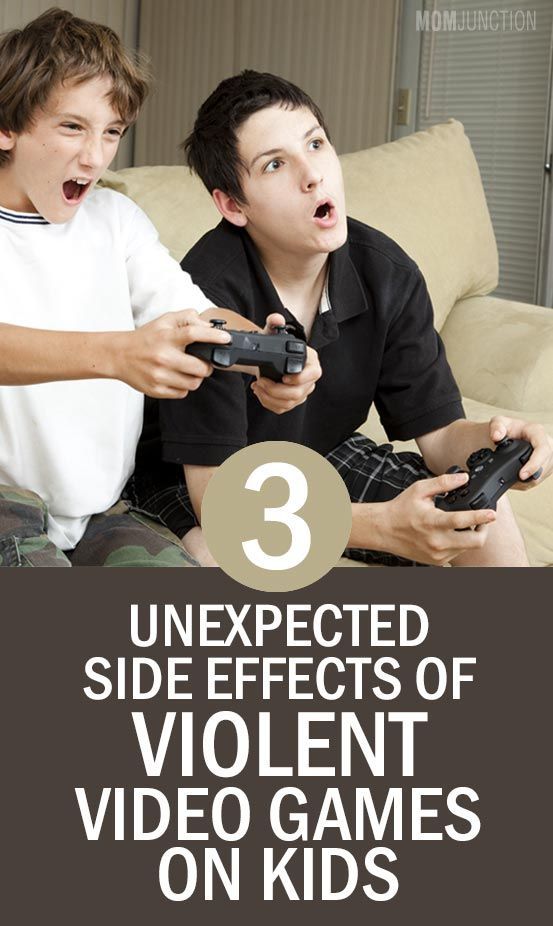 You can probably think of a few “tools” that you use when you’re stressed or frustrated. If you’re upset with your spouse, you may call a friend to vent. If your work is stressful, you may exercise or read a book when you get home to try to relax. Over the years, the make–up of your toolbox has probably changed as you’ve learned and matured. You may want to slug your offensive boss, but instead you use a different skill—one that won’t get you fired or land you in jail!
You can probably think of a few “tools” that you use when you’re stressed or frustrated. If you’re upset with your spouse, you may call a friend to vent. If your work is stressful, you may exercise or read a book when you get home to try to relax. Over the years, the make–up of your toolbox has probably changed as you’ve learned and matured. You may want to slug your offensive boss, but instead you use a different skill—one that won’t get you fired or land you in jail!
Kids start out with an empty toolbox. They begin to fill that box as they encounter different situations—and parents, teachers and other kids model tools (or coping skills) that your child may try out and decide whether or not to keep. For instance, screwdrivers may not work for your child – he may need a pair of pliers instead. So venting might not help him feel better; listening to music may be more helpful for your 15 year old.
Kids with Oppositional Defiant Disorder, ADHD, anxiety and other emotional challenges have a very difficult time finding and keeping tools in their box. They get frustrated more easily than your “typical” child, and often can’t see a way to resolve conflict without aggression. The only tool they often have is a hammer!
They get frustrated more easily than your “typical” child, and often can’t see a way to resolve conflict without aggression. The only tool they often have is a hammer!
Why Does He Use a Hammer to Swat a Fly?
ODD kids have a very difficult time coping with stress or conflicts, even small ones. It may seem like your child is overreacting to something that you view as a pretty minor event. Kids with emotional challenges often feel powerless; they make up for this with aggressive words and behaviors. The thing is, this behavior typically backfires and your child ends up feeling even worse in the long run. By helping him learn to resolve things calmly, you will actually empower him. It can be hard to look past the words, threats and aggressive body language to what’s underneath. Oftentimes, ODD kids are not trying to be malicious—they simply don’t know what else to do.
“My Hammer Is Bigger than Yours.”
When your child was two, if he threw himself on the floor kicking and screaming, you could just carry (or drag) him out of the store. You were able to exert physical control. But over the years, tantrums can escalate if your child doesn’t learn other skills. By the time he’s a teenager, there’s no way you can pick him up. And now, you may be afraid he’s the one who’s going to take physical control of the situation.
You were able to exert physical control. But over the years, tantrums can escalate if your child doesn’t learn other skills. By the time he’s a teenager, there’s no way you can pick him up. And now, you may be afraid he’s the one who’s going to take physical control of the situation.
Understand this: Conflict is a natural part of life. It’s going happen. And it happens frequently between parents and children, because kids want what they want, exactly when they want it, and parents often have to set limits or say the dreaded word “no.” Conflict is also born simply from different personalities and outlooks: you see it one way, your child sees it another way, and so an argument is born. There’s a difference between conflict and arguing. Even though it’s difficult for most of us, conflict can also lead to growth: you want something, I want something different, what skills can we both use to resolve this? Arguing, on the other hand, is usually about winning. Your child can become so focused on “winning” the power struggle that the point of the conflict is completely lost. And let’s be honest – sometimes, as parents, we fall into the same trap! It can start to feel like a chess game, where you’re trying to out–maneuver each other. Other times, it may seem like a boxing match. But remember, it’s more like the “Marathon of Life.” You and your child are both on the same team, after all—and it’s more about teaching him appropriate skills than it is about winning.
Your child can become so focused on “winning” the power struggle that the point of the conflict is completely lost. And let’s be honest – sometimes, as parents, we fall into the same trap! It can start to feel like a chess game, where you’re trying to out–maneuver each other. Other times, it may seem like a boxing match. But remember, it’s more like the “Marathon of Life.” You and your child are both on the same team, after all—and it’s more about teaching him appropriate skills than it is about winning.
A Trip to the Hardware Store
As parents, the very best we can hope to do is teach our kids about real life. In real life, there are all sorts of stressors: mean co–workers, disappointing jobs, (or sometimes no job), frustrating conversations, long lines in stores and rude people who cut in front of you. These are situations in which aggression will not only fail to solve the problem, it will make it worse. Your job as a parent is to show your child how a screwdriver can work better than a hammer. You can do this by modeling coping and conflict resolution skills for our child.
You can do this by modeling coping and conflict resolution skills for our child.
One way to help your child get through tough situations is to remember that while he’s upset, there’s a lot of adrenaline pumping through him. Though we take it for granted, it takes a lot of coping skills to manage that physical burst of energy experienced whenever we feel frustrated or angry. If your child doesn’t have those coping skills yet, how is he going to release that energy? Without a positive outlet, he may resort to punching walls, destroying property or even coming at you—or someone else—aggressively.
Talk with your child during a moment of calm. You know your child best. If your instincts tell you he was “right on the edge” and about to become physical, explain to him later that you’re concerned about what the consequences of that behavior will be. You can actually say, “You seemed really, really angry the other day. I want to help you handle that in a way that’s going to turn out well for you. Do you know what happens if you hit someone, whether it’s a family member or someone else? That’s called assault. People call the police when that happens. And if you hit me, I’m going to do the same thing. One of my personal rules is that I will never allow anyone to physically abuse me – not even you.”
Do you know what happens if you hit someone, whether it’s a family member or someone else? That’s called assault. People call the police when that happens. And if you hit me, I’m going to do the same thing. One of my personal rules is that I will never allow anyone to physically abuse me – not even you.”
In saying this, you’re teaching your child:
1) What happens in real life
2) What your boundaries are
3) What the consequences for his behavior will be
Even though the thought of calling the police on your child can be very, very difficult and is probably the last thing you ever thought you might have to do as a parent, if your child becomes aggressive toward you, it is very important to follow through and call the police. If you don’t, your child won’t learn that domestic violence is not only unacceptable, it’s against the law. And he may have to learn that lesson in a much more difficult way down the road—with a spouse or someone else who won’t hesitate to call the police on him.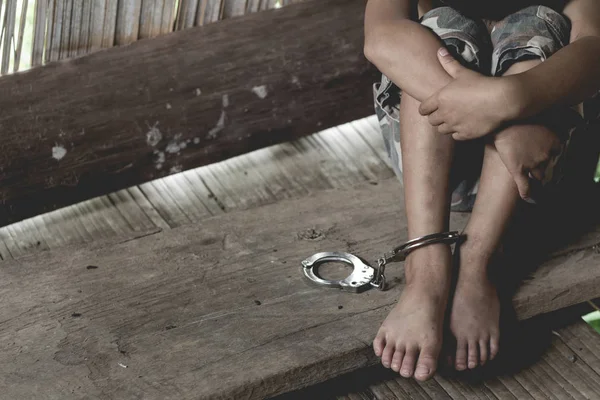 Remember, as James Lehman says in The Total Transformation, “There’s no excuse for abuse,” –not even from your child.
Remember, as James Lehman says in The Total Transformation, “There’s no excuse for abuse,” –not even from your child.
During a calm moment, offer to work with your child to come up with a plan that you can put into effect if things start to escalate. Explain to your child how anger and adrenaline work, and develop a list of things he can do that are positive or acceptable to everyone when he’s feeling that way. Some ideas are exercise (sit ups and push–ups to get rid of adrenaline), going for a walk, going to his room and listening to music, or giving him a journal he can draw or write in. Think about his strengths – things he’s good at or enjoys. Ask your child what ideas he has, or he may even want to get suggestions from friends. This helps get him thinking, rather than reacting. Remember, you’re modeling for him how to recognize his own emotions and find ways to deal with them non–violently. Follow through and let him use those skills when you’re in a conflict with him.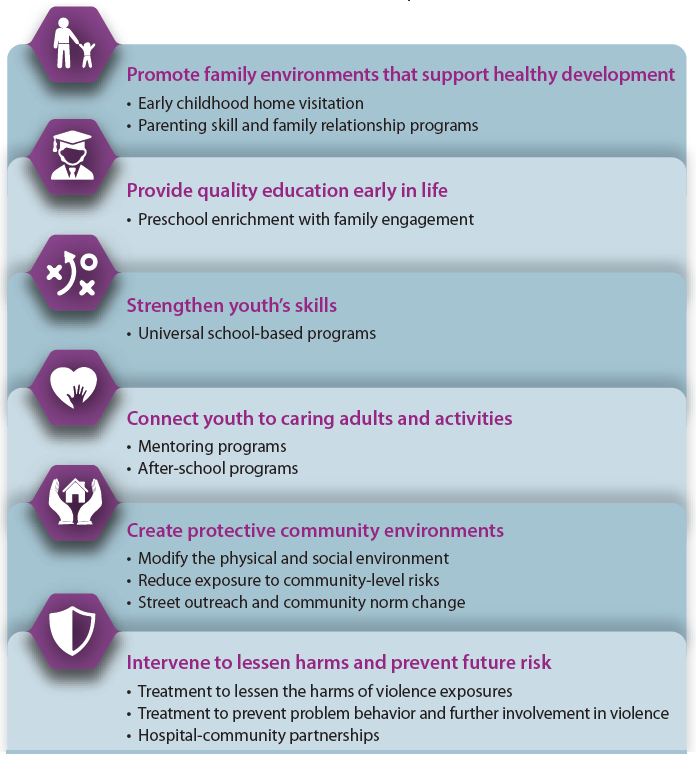 A power struggle is often a trigger to physical aggression, and if you can de–escalate the situation before it hits that point, it’s well worth it.
A power struggle is often a trigger to physical aggression, and if you can de–escalate the situation before it hits that point, it’s well worth it.
An Ounce of Prevention…Keeps You From Getting A Hammer Through Your Wall
Sometimes it’s so exhausting to raise an Oppositional Defiant child to adulthood. As parents we reach into our toolboxes and pull out coping skills that aren’t always effective. Ever find yourself arguing, yelling or blaming your child during a time of conflict? If so, it’s a good clue that you need to take a personal time out. In doing so, you’re showing your child it’s okay for him to do that, as well. Remember, you want to model an approach of “we can resolve this, calmly,” rather than trying to “win” or get the upper hand. You can actually tell your child, “When you get upset, it’s okay to turn around and walk away. I’ll know that means you need a break because you’re getting too upset. We can come back to the discussion later, when things are calmer. And I’ll respect that. If I get upset, I’m going to do the same thing.” This is a technique your child can carry over into other real-life situations as well.
And I’ll respect that. If I get upset, I’m going to do the same thing.” This is a technique your child can carry over into other real-life situations as well.
Your child may continue to follow you around the house, trying to carry on the argument, when you’re trying to disengage. If you have to (and he’s old enough), leave the house completely. Go for a drive or a walk. This will also help de–escalate the situation.
Just because you choose to walk away to de-escalate a situation or allow your child to calm down, does not mean you won’t hold him accountable for his behavior, provide consequences if he doesn’t follow your house rules, or that you are “giving in.” Remember, it’s not about winning: it’s about teaching skills. So if you’re in a conflict with your child about him going to a friend’s house and you see that his face is turning red, you know the signs that he’s about to blow. You can end the power struggle by walking away. He knows the answer; it’s “no.” If he chooses to leave without permission because you’ve walked away from the argument, he probably would have left anyway.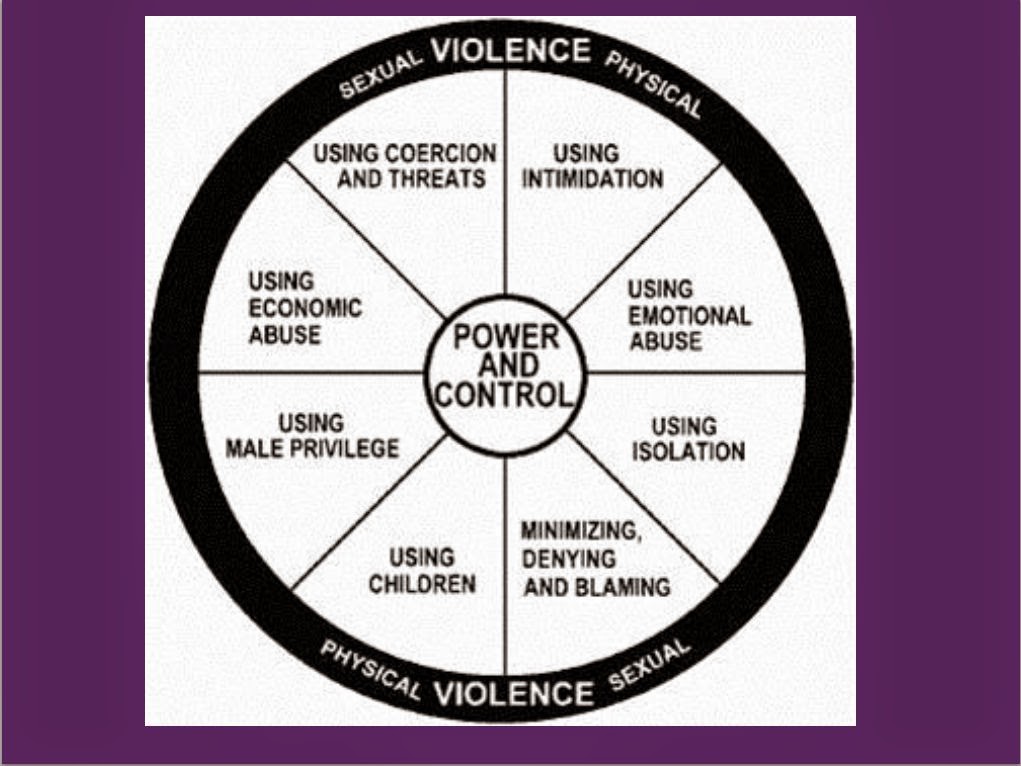 You can still hold him accountable when he comes home by providing a consequence—and you will have avoided a physical confrontation.
You can still hold him accountable when he comes home by providing a consequence—and you will have avoided a physical confrontation.
No One Wants to Enter Adulthood with an Empty Toolbox
It can help to think of the situations you’re encountering with your child now, and for the next few years, as opportunities rather than problems. It’s human nature to experience anger and adrenaline when in conflict. The important thing is how you handle it. When your child is in this mode, especially between the ages of 12 and 18, it’s a chance to prepare him to deal with the real world and real life for many years to come. No one wants to enter adulthood with an empty toolbox, not even your Oppositional Defiant child—and at the end of the day, he really needs you to teach him those skills he’ll need as he matures into an adult.
Related Content:
Parenting ODD Children and Teens: How to Make Consequences Work
When They Don’t Leave at 18: Parenting an Adult Child with ODD
How to teach a hyperactive child to hold attention
Your child is “restless”, “interferes with others”, constantly “mistakes”, “does not obey” - how often do we hear this? Maybe it's hyperactivity. In this case, you just need to understand the child and help him. More than 30 boys and girls with Attention Deficit Hyperactivity Disorder (ADHD) live in the Yunona Family Education Assistance Center. Specialist Maria Baldzhirova talks about the characteristics of such children and what moments in the child's behavior may be the basis for contacting a neurologist, and also advises parents on how to calm their fidgets. nine0004
In this case, you just need to understand the child and help him. More than 30 boys and girls with Attention Deficit Hyperactivity Disorder (ADHD) live in the Yunona Family Education Assistance Center. Specialist Maria Baldzhirova talks about the characteristics of such children and what moments in the child's behavior may be the basis for contacting a neurologist, and also advises parents on how to calm their fidgets. nine0004
The line between character traits and diagnosis
« People constantly concentrate on some object. However, there are children whom we call "reactive", "restless", "hyperactive". They have a neurological disorder that begins in childhood, Attention Deficit Hyperactivity Disorder, or ADHD. But such a diagnosis can only be made by a neurologist !” - says the teacher of additional education of the Center "Yunona" Maria Baldzhirova.
The first signs of hyperactivity are observed at the age of 3 years, more often in boys. Moreover, in them the syndrome usually manifests itself in active behavior, and in girls - in inattention. Hyperactivity is characterized by low levels of attention, memory, thinking, performance in class, as well as increased fatigue. The child is equally active at home, in kindergarten, at school, on the playground, visiting strangers. There are no situations in which he would behave calmly. This is what makes him different from an ordinary active baby. nine0005
Moreover, in them the syndrome usually manifests itself in active behavior, and in girls - in inattention. Hyperactivity is characterized by low levels of attention, memory, thinking, performance in class, as well as increased fatigue. The child is equally active at home, in kindergarten, at school, on the playground, visiting strangers. There are no situations in which he would behave calmly. This is what makes him different from an ordinary active baby. nine0005
Compared to their peers, such children are not so attentive to the feelings of other people. They are less willing to share anything with others, less likely to try to help parents, caregivers, children, and almost do not express empathy. Therefore, they have difficulty in establishing relationships with other people.
How Attention Deficit Manifests
Attention Deficit Hyperactivity Disorder manifests itself in different ways. There are several characteristic features, for example: forgetfulness, talkativeness, absent-mindedness, impaired coordination, impatience.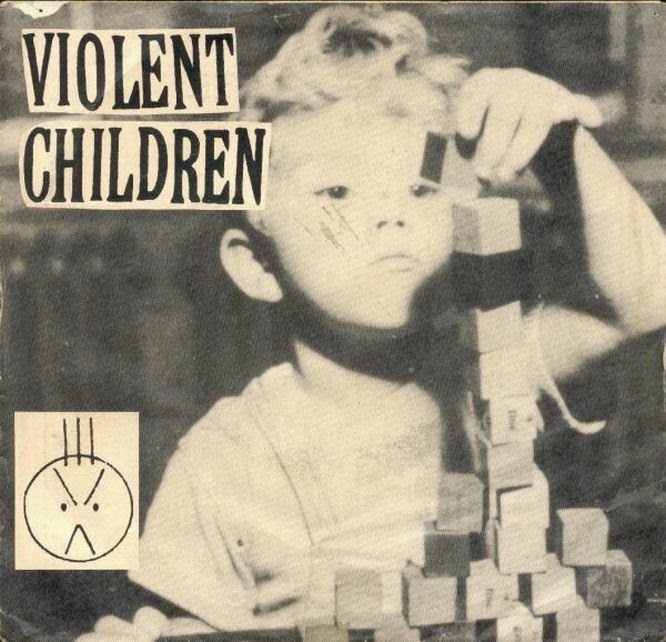 To this we can add situations in which the child:
To this we can add situations in which the child:
- does not sit still, even if necessary;
- does not focus on details;
- does not finish what he started;
- is mistaken due to inattention;
- is easily distracted by foreign objects;
- does not listen to the words of others, interferes;
- often loses his things;
- interferes in the conversation of both elders and peers;
- does not sleep well, cannot relax, rest. nine0028
How to help your child
Children with hyperactivity do not have serious cognitive impairments - they just need more time to complete tasks. They make more mistakes because they are trying to complete the task faster so that they can get back to their business. These kids need help.
« The best way to help children with hyperactivity is play. It allows you to control the actions and actions of the child with the help of a specific game plot, rules and roles. Many experts believe that playing with water and sand is just 9 years old for such children.0012 are needed,” notes Maria Baldzhirova .
Many experts believe that playing with water and sand is just 9 years old for such children.0012 are needed,” notes Maria Baldzhirova .
For children with attention deficit hyperactivity disorder, group and individual games are suitable to help calm the child. These can be board games or games that develop concentration and help distribute attention, relieve tension and aggressiveness. The staff of the Yunona Center prepared several such games that parents can play with their children at home.
Five useful games for children with attention deficit hyperactivity disorder
Tree
Starting position - squatting. Let the child hide his head in his knees, and clasp his knees with his hands. He is a seed that gradually sprouts and turns into a tree: the child slowly rises to his feet, then straightens his body, stretches his arms up. Then you need to tighten the muscles of the body and pull it up.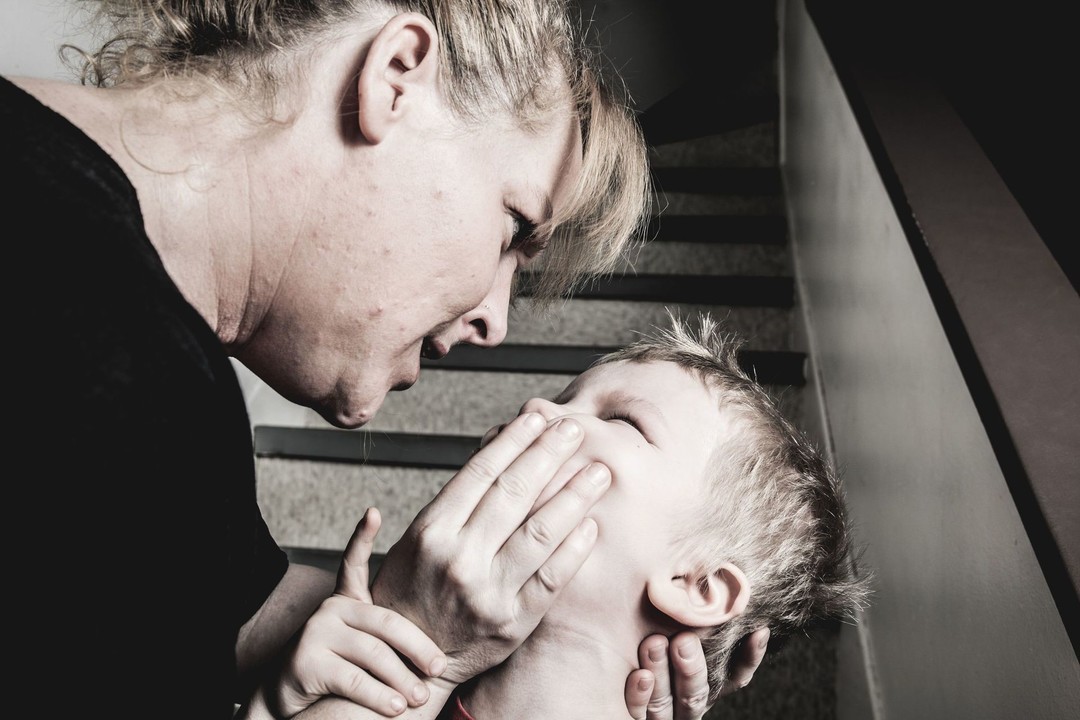 The wind blew: the child swings the body, imitating a tree. nine0005
The wind blew: the child swings the body, imitating a tree. nine0005
Ring
Alternately and as quickly as possible, the child goes through the fingers, connecting the index finger, middle finger, etc. into a ring with the thumb. You need to play first with each hand separately, then with both hands at once.
Ear-nose
Hold the tip of the nose with the left hand and the opposite ear with the right hand. At the same time, you need to release your ear and nose, clap your hands and change the position of your hands exactly the opposite.
The sea is rough
Children move around the room intensively, assuming various poses. Mom or dad say:
The sea is worried - time!
The sea is rough - two!
The sea is rough - three!
Marine figure - freeze!
At the last phrase, the children freeze in one of the positions and only at the command of the parents “Otomri!” continue the game.
Resting posture
The child sits closer to the edge of the chair, leans on the back, puts his hands freely on his knees, legs slightly apart. Mom or dad slowly, in a quiet voice, with long pauses, pronounce the formula of general peace:
Everyone can dance,
Jump, run, draw,
But not everyone can do it yet
We have a game like this —
Very easy, simple,
Movement slows down,
Tension disappears...
And it becomes clear —
Relaxation is pleasant!
« The most important thing for parents is to be patient, because only systematic, regular work with a child will help him ", - teacher is convinced.
Press Service of the Moscow Department of Labor and Social Protection
13 tips for parents and teachers on how to properly teach hyperactive children
The child cannot do the same thing for a long time and is often distracted.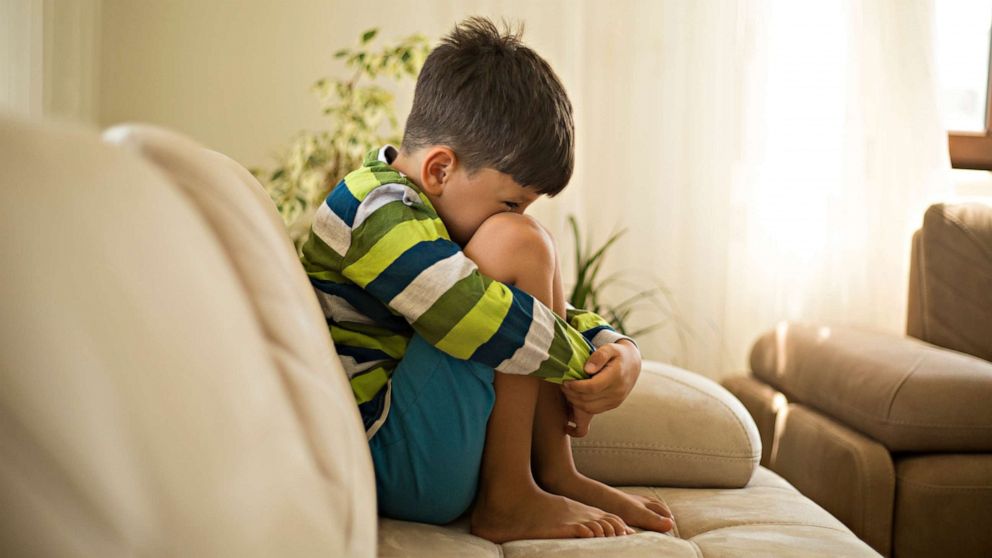 Abruptly takes off and starts running around the room or school. These can all be signs of Attention Deficit Hyperactivity Disorder (ADHD). Panic early! Such children can also be successfully taught if you know how to work with them. Psychologist, psychotherapist GMS Clinic Inna Pasechnik compiled a memo on working with hyperactive children. nine0005
Abruptly takes off and starts running around the room or school. These can all be signs of Attention Deficit Hyperactivity Disorder (ADHD). Panic early! Such children can also be successfully taught if you know how to work with them. Psychologist, psychotherapist GMS Clinic Inna Pasechnik compiled a memo on working with hyperactive children. nine0005
The physiological characteristics of children with ADHD are the following manifestations:
1. The child needs to constantly move, it is difficult for him to sit straight during the lessons: such children are distracted, talk in the lessons, "spin", sway, sit with their legs under the buttocks, when tired, their motor activity increases.
This is due to the peculiarities of the brain in children with ADHD, they need a constant supply of nutrients to the brain, which is possible only when moving. If a child with ADHD is persuaded to sit quietly, it will be more difficult for him to think. nine0005
In this regard, it is recommended to allow a certain level of motor activity to the child during the lesson. If the child gets tired, then allow him (find a legitimate reason) to walk around the class or do some active exercises (wipe off the board, distribute notebooks, go for water).
If the child gets tired, then allow him (find a legitimate reason) to walk around the class or do some active exercises (wipe off the board, distribute notebooks, go for water).
2. The child is very tired of the routine, it becomes unbearably boring for him to do the same type of tasks if he has already figured it out.
In this regard, in the world pedagogical practice, it is customary to reduce the number of tasks of the same type (including homework) for children with ADHD by 30%, not to require them to complete all the examples, if the child has already mastered the topic. The number of repetitions in children with ADHD does not affect the quality of information assimilation. nine0005
In addition, it is acceptable for a child with ADHD to be able to draw in a draft or twist something in his hands during the lesson. They tend to do several things at the same time, which does not affect the quality of perception of information in the lesson. Otherwise, the child begins to distract his neighbors by actively moving and talking to them.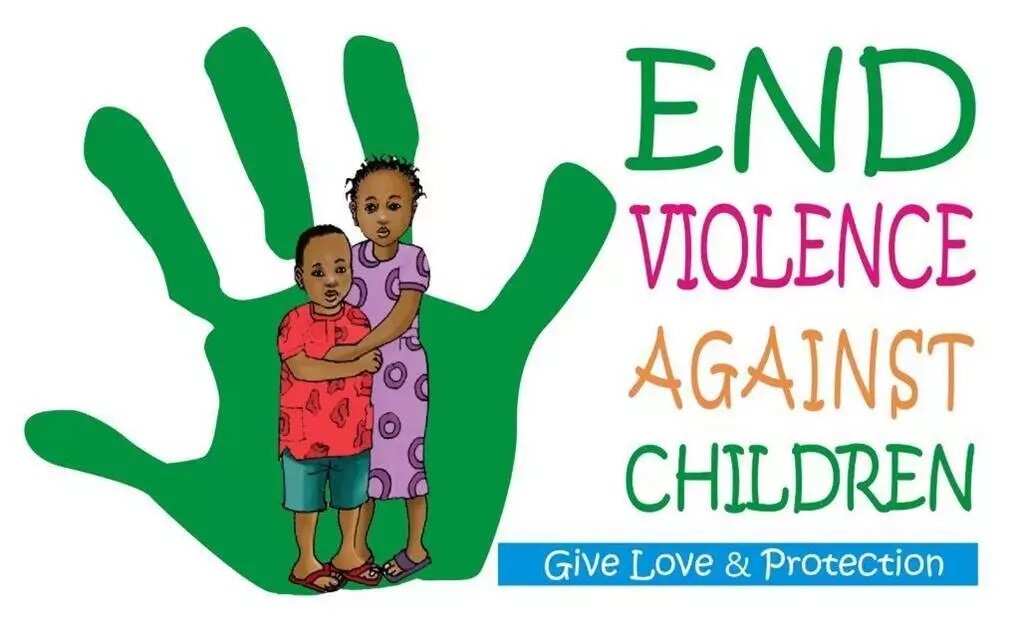
3. A child with ADHD is most often not able to beautifully and neatly arrange his work, he allows corrections, blots, inaccurate design of assignments. nine0005
It is recommended to pay attention to the content of the work, and not to the quality of its design, since a regular decrease in the score for an incorrectly designed work will significantly reduce the motivation to study.
4. Children with ADHD are afraid of large volumes.
If a child with ADHD is immediately asked to complete 20 examples, he will be frightened and fall into a stupor or despair, as large amounts of work scare them. However, if a child is given the same 20 examples on separate cards 5 times 4 examples each, it will noticeably improve his performance. The child will be happy to complete all 20 examples, in addition, this will be a good opportunity to move between receiving the next card. Thus, children with ADHD need to divide large amounts of tasks into several small parts.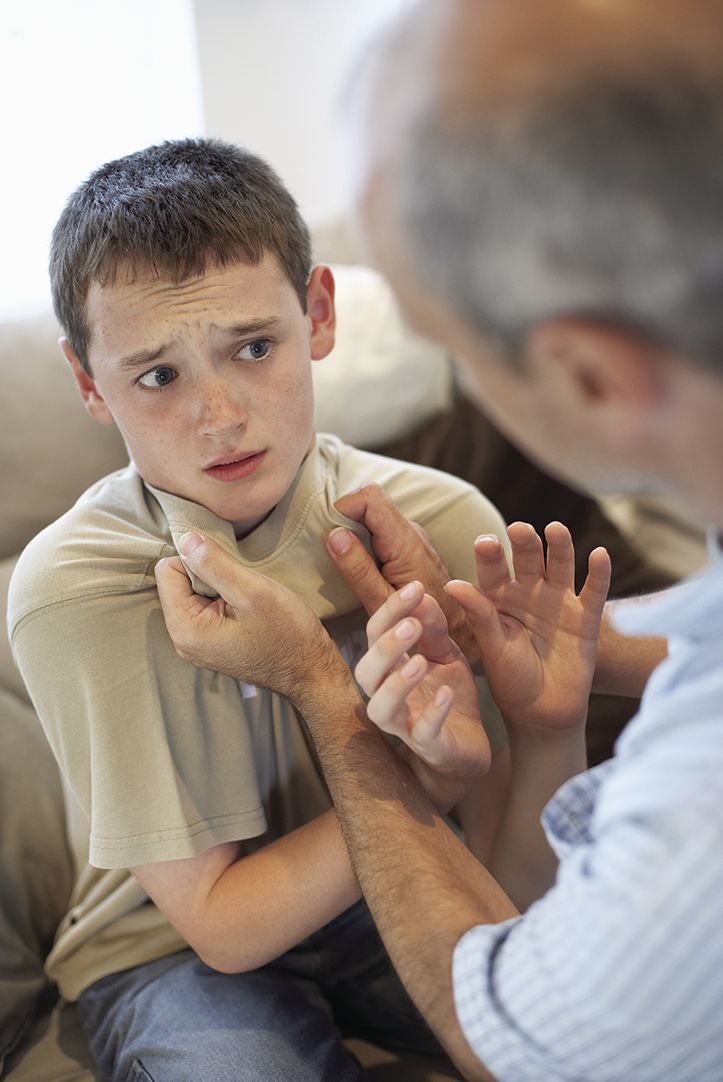 nine0005
nine0005
5. A child with ADHD may forget everyday things and some items when completing a task according to a plan, they may even forget the ultimate goal of the activity (poor working memory).
Often, children with ADHD get their grades lowered because they forget to do part of the tasks in the exercises. It is recommended to separately concentrate their attention on all the items of the task in the exercise. For example, asking this particular child what you need to remember to complete in the task. nine0005
In addition, these children tend to forget their things. Therefore, they can be reminded of them more often or separately encouraged for not forgetting to take everything with them. It is effective to use "reminders" - small notes, stickers in a pencil case or announcements on the wall, thanks to which the child can remember to take a thing with him, go somewhere or do something.
6. A child with ADHD is often distracted.
It is advisable to seat children with ADHD closer to the teacher so that it is easier for them to concentrate, and in case the child is distracted, lightly touch his hand so that he can concentrate again.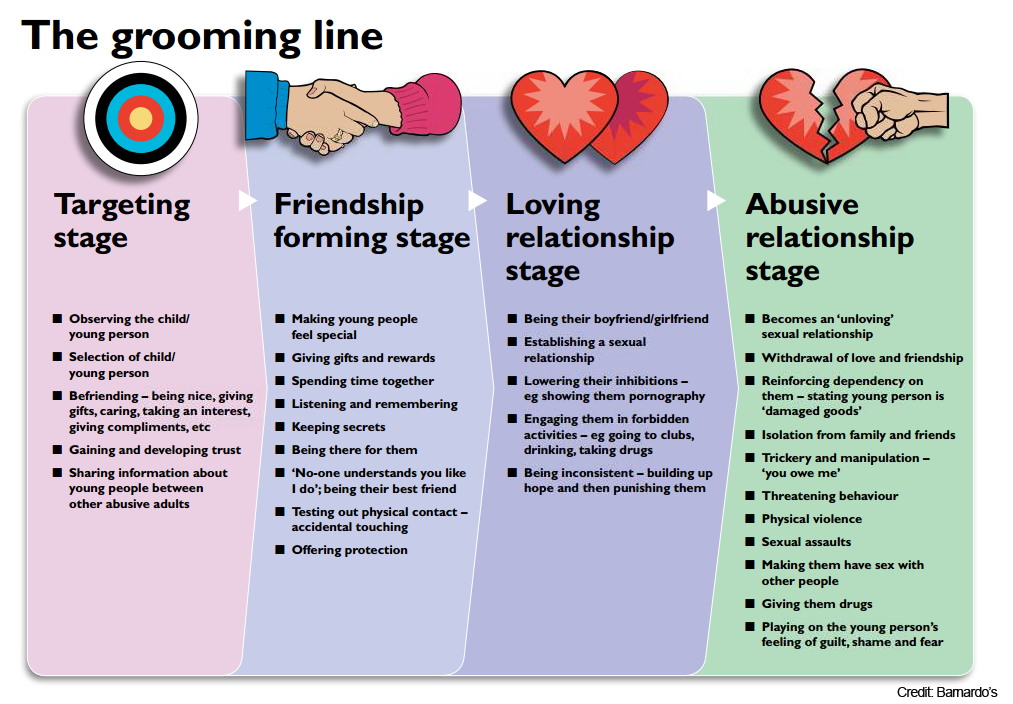 It is possible to specifically discuss with the child the ways by which he can not be distracted in the lesson. nine0005
It is possible to specifically discuss with the child the ways by which he can not be distracted in the lesson. nine0005
7. Children with ADHD have poor time orientation.
It has nothing to do with the intellectual development of the child. However, a child with ADHD often does not notice that more time has passed than he intended. As a result, the children are late, I don’t have time to finish something. In such cases, it is recommended to either remind the time yourself, or teach the child to set a timer, or set a timer or an hourglass so that children can see them and be able to navigate on their own. nine0005
8. A child with ADHD can be very interested in something, this is his strength, so if the child is unsuccessful in something, then you can restore his authority in the eyes of classmates by involving him in activities in which he showed interest and showed your awareness.
9. Children with ADHD are impulsive.
It is difficult for a child with ADHD to restrain himself from shouting out in class if he knows the answer, it is difficult for him not to interfere in the activity if something interesting happens to him. nine0005
nine0005
In the lessons, it is possible to introduce special tablets on which children can fix the answer to the teacher's question so that they do not have to endure if another student answers. It is also possible to introduce a special encouragement for the child, if he did not cry out, showed patience. For example, if the child refrained from impulsive action, allow him to distribute notebooks.
10. Children with ADHD are emotional.
In this regard, they can be very offended if something does not work out for them or classmates do not communicate with them (children with ADHD are very sociable: they like to talk, chat with everyone). In this case, the child needs support or help in building relationships with classmates, you can intervene in the children's play and assign roles, showing the child how he can participate in the game. Otherwise, conflicts may arise between a child with ADHD and other children. nine0005
11. A child with ADHD can be taught to do those things that are difficult for him for physiological reasons, but for this he needs to create external motivation.
For this, an incentive system (bonus system) is used. It can be used in conjunction with parents. For example, several rules (3 rules) are introduced that the child must follow at school, for the fulfillment of which the child receives “pluses” from the teacher in a special diary (the child prepares such a diary himself at home, beautifully arranging it). Rules should be short and specific. For example, “wait for the teacher to ask you, do not shout out”, “do all the tasks in the class”, “write all the examples in a notebook”, etc. At the same time, for the implementation of the rules at each lesson, the child receives plus signs, a plus sign is put every time when the child follows the rule. Next, parents reward the child for a certain number of “pluses”. For this house, a list of rewards is compiled: each "bonus" is worth a certain number of "pluses". nine0005
This system is exclusively a system of rewards, that is, “minuses” are not set and “pluses” do not burn out. This is due to the fact that the behavior of a child with ADHD is so restless that he will lose “pluses” faster than he accumulates them, and thus the system will stop working, the child will lose interest in it and, as a result, it will be impossible to motivate the child with something .
This is due to the fact that the behavior of a child with ADHD is so restless that he will lose “pluses” faster than he accumulates them, and thus the system will stop working, the child will lose interest in it and, as a result, it will be impossible to motivate the child with something .
Children with ADHD need to be led only on a reward system, the punishment system either does not work or quickly leads children with ADHD to depression, which also worsens their behavior. nine0005
12. The system for developing the skill of desirable behavior can also be used for the entire class as a whole (B. Furman's system "Kid's skills" - there is such a book).
In this case, one skill is selected, which the whole class learns. For example, be ready for the lesson on time. This means that as soon as the bell rings, the children should stand exactly near their desks, the things needed for the lesson should be on the table. If all the children were able to do this, then the teacher praises them and puts the ball in a special jar.